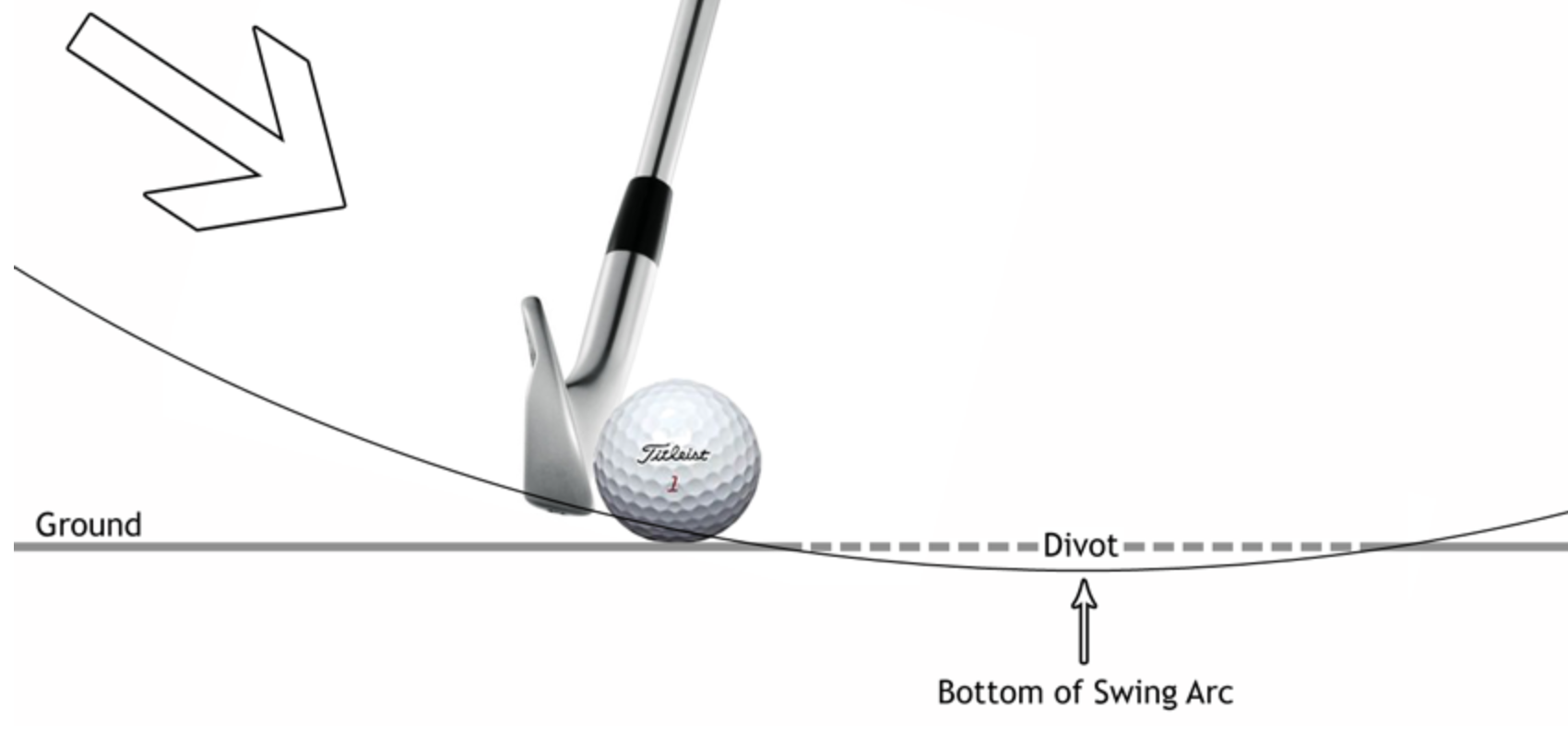You’re new to golf. You’re here because you want to learn how to hit your driver better. Okay, so you don’t have to be new to golf, but any golfer knows that the first step to consistency and lowering your scores is by continually working on your game. This starts on the tee with your driver. No matter your play style, shot shape, launch angle, slice, hook, whatever—if you can’t hit your driver accurately, you’re going to have a bad time.
At this point, you need to be asking yourself, “Do I hit my driver well?” and “What can I do to improve how I hit my driver?”. Whether you’re starting out or a seasoned veteran, when it comes to your driver, there is always room to improve. So, where do you go from here? You go with us, smoothen your swing and watch your scores go down.
Where do I go With My Driver?
The best golfers will tell you that much of what goes into hitting your driver well is feel. For a beginner, high handicapper or inaccurate driver, this feedback is useless. If you want to hit your driver straight, long and consistently, you need to understand what goes into making a driver the right fit for your game.
We won’t bore you with all the details, but we’ll provide some basic knowledge that you can expand on as your game and ball striking improves. After all, your driving distance won’t go from 200 to 300 overnight. Becoming a long driver is not something that happens quickly, but over an extended period of time with countless small improvements that lead to big gains.
Swing Speed
Our article is about how to drive a golf ball, but knowing your swing speed is important for every type of club. There is no real easy way to determine this number without some advanced technology, but it’s something as a golfer, you need to know. Go to a driving range with monitors, check out your local sporting goods store, pay for a lesson—find a way to figure out your swing speed.
Launch Angle
Let’s preface this section by saying that most of us are not PGA-level golfers, and as such, we should not expect to drive the ball exactly how they do. With that said, we can learn something from how they approach the game.
If you want to know how to hit a driver, you need to understand that the right launch angle maximizes distance for your swing speed. The slower you swing, the higher your launch angle needs to be. If you swing harder than most, your launch angle doesn’t need to be as high.
When you swing around 80 mph with your driver, a launch angle of 13-14-degrees is best. If you can swing around 100 mph, optimal launch angle comes down closer to 10 degrees. The changes in launch angle may be minimal, but when you decide how to drive a golf ball, you’re going to want something that gets you as close to the hole as possible. Even if it’s a 10-yard improvement, that means taking one or two less clubs and hitting the ball closer to the pin.

Driver Loft
An easy way to improve launch angle without adjusting the entire way you swing with a driver is by changing lofts. A lot of golfers think they should be playing single digit lofts on their driver because that’s what the pros do, but this could not be further from the truth.
For a casual golfer, adding loft means adding distance. Hitting up on the ball, hitting down—a lot of this doesn’t make sense to an average golfer. What does make sense is looking at the numbers and knowing which way you want to go.
Producing the ideal launch angle has to do with how angle of attack interacts with driver loft. Since we do not want to reinvent the wheel with our swings, we keep our angle of attack the same and change driver loft.
Now back to finding the correct driver loft. It is much easier to change lofts than it is adding 15 mph to your driver swing speed. The problem with golfers, they’re all after adding that extra speed to their swing. Trial and error (emphasis on the error) tells us we should seek alternative measures to improve.
The longest drivers use lofts 9-degrees and lower. The average golfer is not a long driver. Bump up your loft to somewhere between 11 and 12 (or higher), improve your launch angle and watch your ball as it skips down the fairway past your friends (or competitors depending on the day).

Driver Flex
Finding the right flex for your driver is less about launch angle and more about getting the right timing. If your shaft is too stiff or flexible, you will have a hard time making square and accurate contact. By choosing the correct stiffness, your driver works with you.
There are five main flexes for driver shafts: Extra Stiff, Stiff, Regular, Senior and Ladies. The best golfers don’t all use extra stiff and not everyone that uses Ladies flex is a lady. Forget age, gender and skill level.
Pick the driver flex that matches your swing speed. If when you step on the tee your swing is 105 mph or more, you need Extra Stiff. If you swing a bit slower on the tee and your speed is below 70 mph, move down to a Ladies flex. There are no pictures on a scorecard. Use the clubs that fit your game, not your ego.
Envision Success (and take our tips)
Follow the path we lay out and you’ll be asking yourself how to hit a driver a bit less frequently. At minimum, you’ll add a few yards to your drives and hit more fairways. At best, you’ll watch as your scores quietly start to creep down and your doubles become bogeys and your bogeys become pars.
Gaining confidence on the tee begins a snowballing process with your golf game. If you can step onto the tee and know where your ball is going, it sets you up for success for your next shot and is something you can build on for the next hole.
“Drive for show, putt for dough” is something you’ll hear at any golf course, but is not entirely accurate. If you’re playing in a match, you need to get to the green. Getting to the green starts on the tee. Improve your drives, improve your game.

Mike Regan

Mike is a weekend golfer from Connecticut and a devoted fan of the game who turned his passion into the writing experience. Any day he keeps it under 80 is a cool day. When he's not writing about golf his is playing it.







